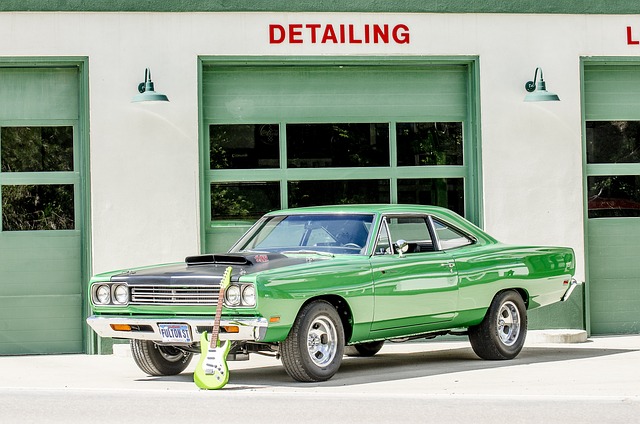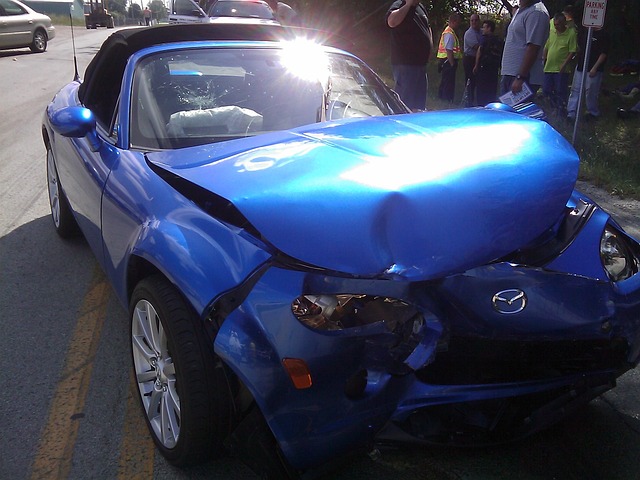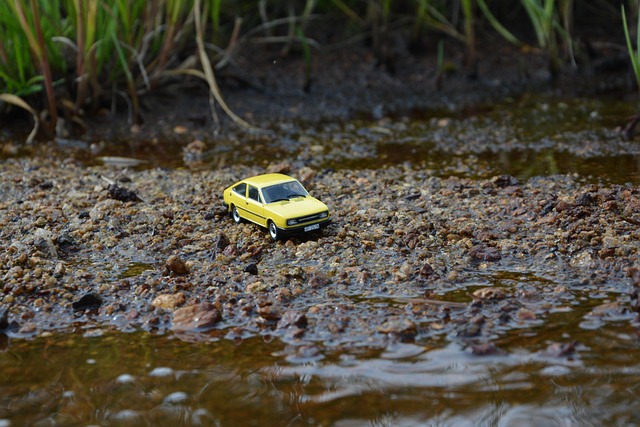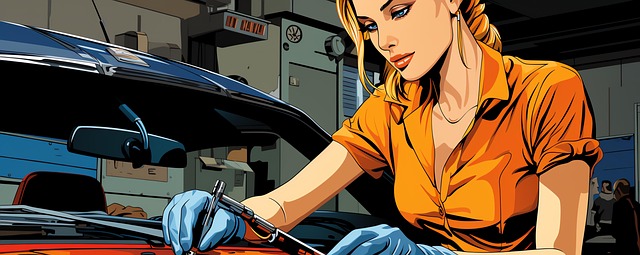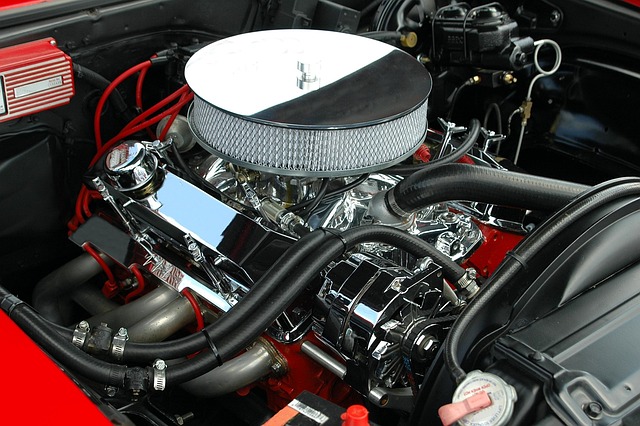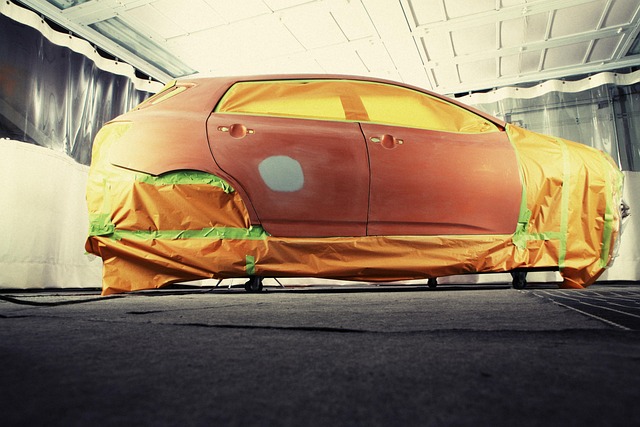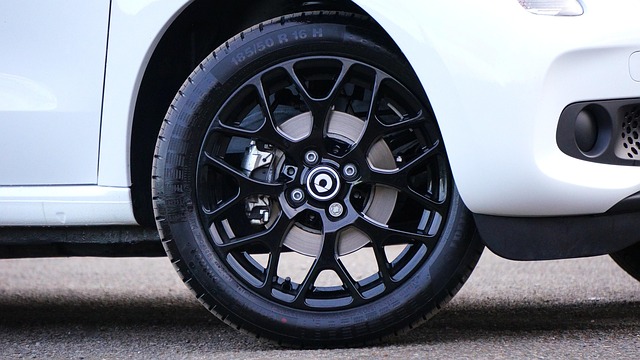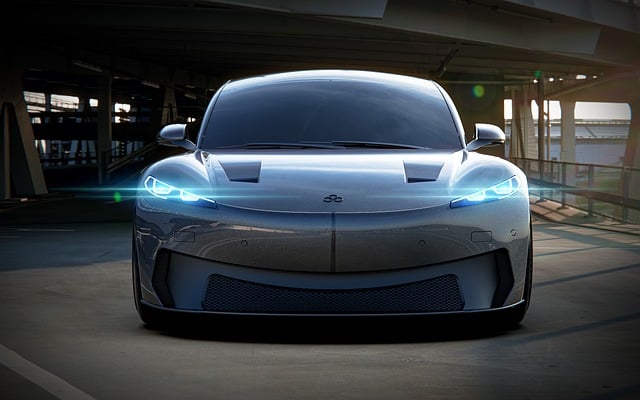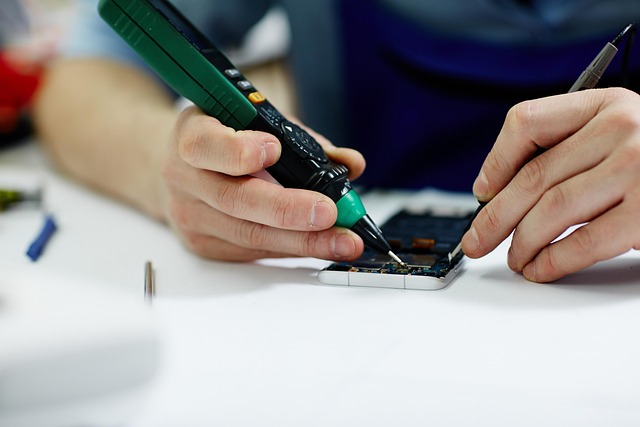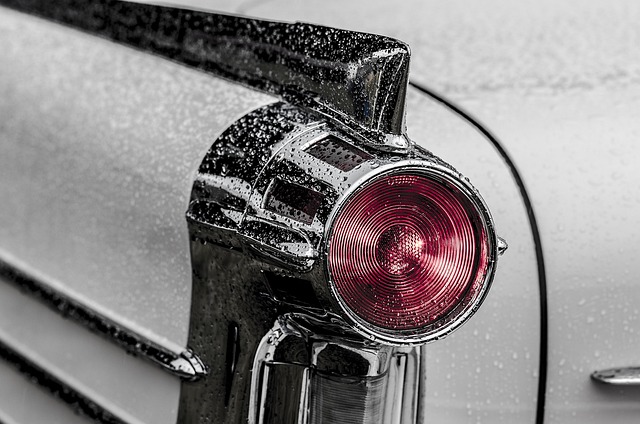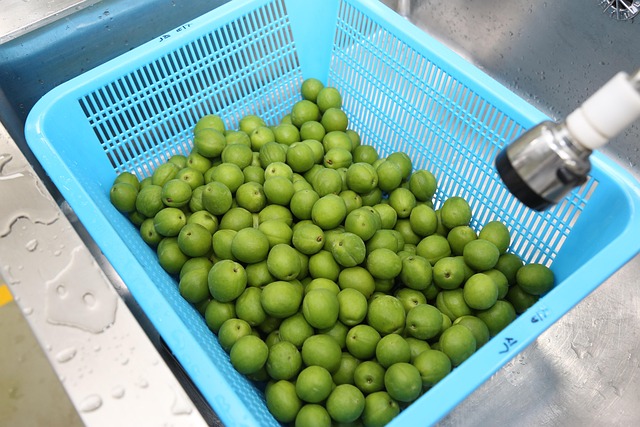The future of Model S collision centers is being reshaped by Autonomous Repair Technology (ART), powered by artificial intelligence and robotics. ART promises to streamline operations, boost efficiency, and minimize human errors in auto repairs, particularly with the rise of electric vehicles. This technology enables precision in tasks like dent removal and scratch repair, reduces costs, and shortens turnaround times, benefiting both businesses and consumers. Model S collision centers will evolve into tech-driven hubs, specializing in advanced repairs and software updates, setting new industry standards for quality and efficiency.
The future of Model S collision centers is shaped by technological advancements that promise to transform the automotive repair landscape. From the rise of autonomous vehicles to AI-driven precision, digitalization is revolutionizing how collision centers operate. This article explores key trends: autonomous repair technology, digital solutions for enhanced customer experiences, and sustainable practices aimed at minimizing environmental impact. By delving into these areas, we uncover how Model S collision centers can adapt, innovate, and meet the evolving needs of customers and the industry.
- Advancements in Autonomous Repair Technology
- – The rise of self-driving cars and their impact on collision centers.
- – Integration of AI and robotics for precise and efficient repairs.
Advancements in Autonomous Repair Technology
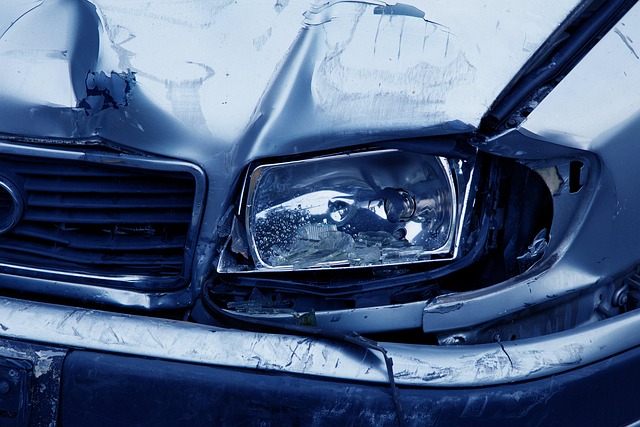
The future of Model S collision centers is poised for a significant transformation with advancements in Autonomous Repair Technology (ART). This innovative approach promises to revolutionize auto repair shops by automating various tasks, enhancing efficiency, and reducing human error. ART systems are designed to handle complex procedures, from precise dent removal to sophisticated car scratch repair, all with remarkable accuracy. By leveraging advanced robotics and AI algorithms, these technologies can analyze damage, select appropriate repair methods, and execute them with minimal supervision.
As the adoption of electric vehicles continues to grow, so does the need for specialized auto body shops equipped to handle their unique requirements. ART offers a competitive edge by enabling collision centers to service this emerging market more effectively. Moreover, it streamlines operations, potentially reducing costs and turnaround times, making it an appealing solution for both businesses and consumers alike. With its ability to enhance productivity and precision, Autonomous Repair Technology is set to become a cornerstone of modern Model S collision center technologies.
– The rise of self-driving cars and their impact on collision centers.
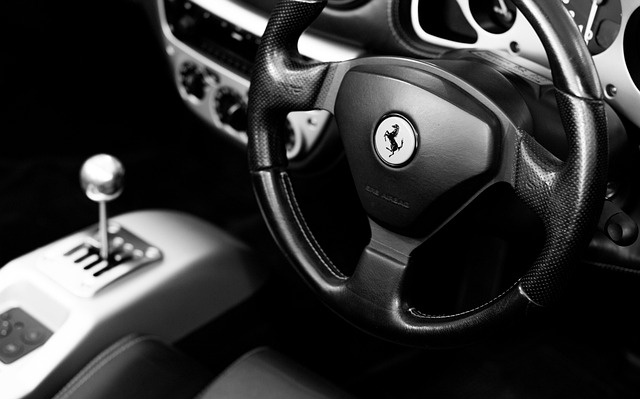
The advent of self-driving cars is poised to revolutionize Model S collision centers and the automotive industry as a whole. As these vehicles become more prevalent, the traditional model of collision repair will undergo significant shifts. Self-driving technology aims to reduce human error, leading to fewer accidents and, consequently, a decrease in demand for certain types of automotive collision repairs. This could transform collision centers into specialized facilities focused on complex damage and advanced repairs.
With autonomous vehicles potentially requiring different approaches to maintenance and repair, Model S collision centers will need to adapt. They may evolve into tech-driven hubs, offering not just physical repairs but also software updates and sensor calibrations. The rise of self-driving cars could lead to more efficient, less labor-intensive collision repair processes, with a greater emphasis on precision and technology within the vehicle body shop.
– Integration of AI and robotics for precise and efficient repairs.
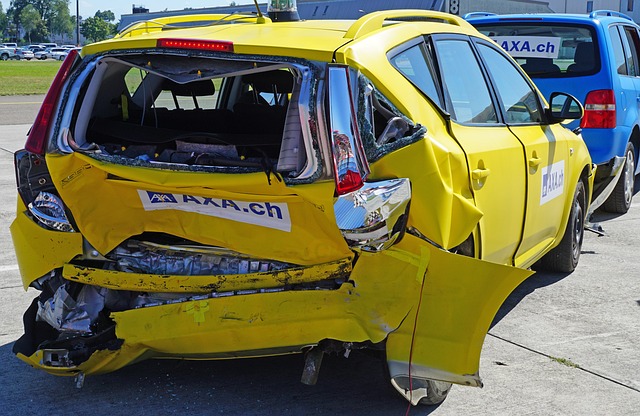
The future of Model S collision centers is set to be transformed by the integration of Artificial Intelligence (AI) and robotics. These advanced technologies are poised to revolutionize car bodywork repair processes, offering precision and efficiency previously unattainable. AI-driven systems can analyze damage with remarkable accuracy, guiding robotic arms to perform intricate repairs with minimal human intervention. This not only speeds up the auto body services but also ensures consistent, high-quality outcomes.
For Model S collision centers, embracing these trends means staying ahead in a competitive market. By leveraging AI and robotics, facilities can reduce downtime for customers, minimize costs associated with labor-intensive repairs, and enhance overall service quality. This technological shift promises to make car damage repair more accessible, affordable, and reliable, setting new standards in the industry.
The future of Model S collision centers is poised for a significant transformation, driven by the integration of autonomous repair technology and advanced robotics. As self-driving cars become more prevalent, collision centers will need to adapt to cater to these new mobility trends. AI-powered systems promise precise, efficient repairs, reducing turnaround times and labor costs. This shift not only enhances customer satisfaction but also positions collision centers as innovative hubs within the automotive industry.
